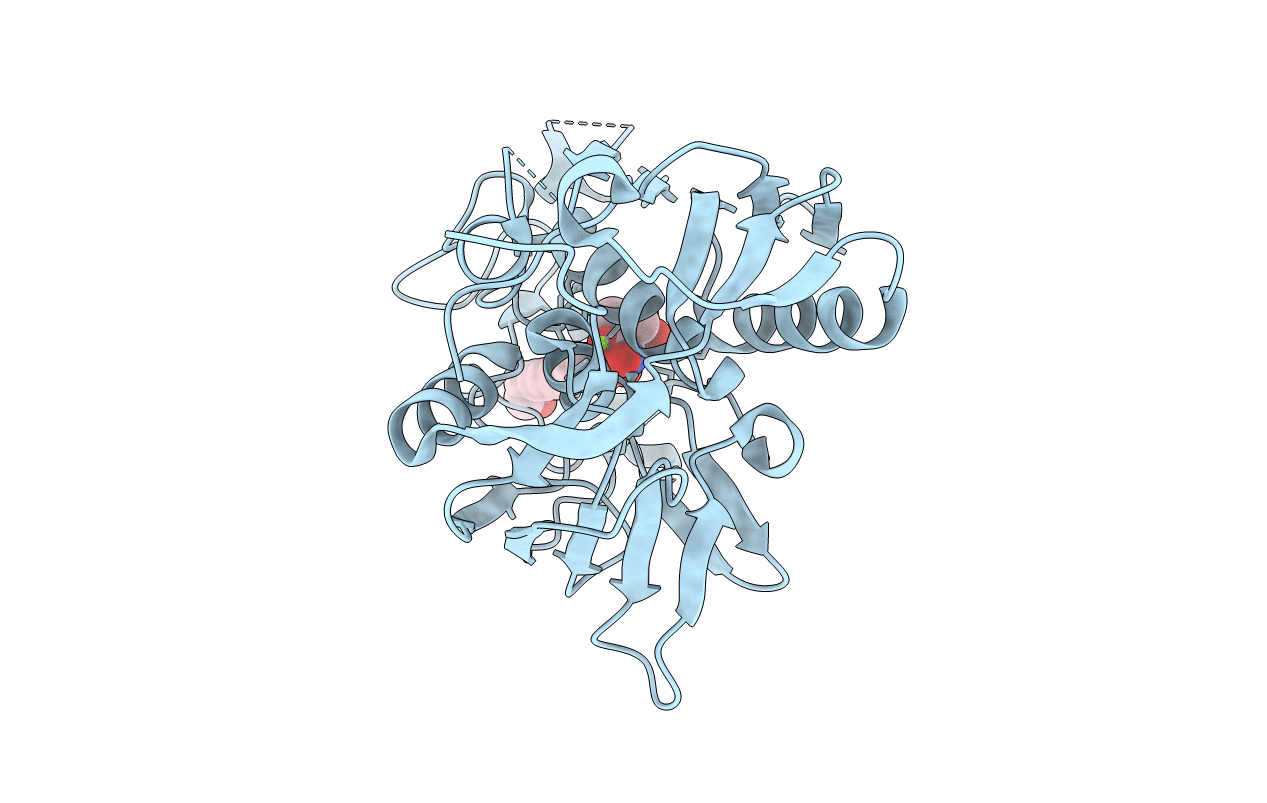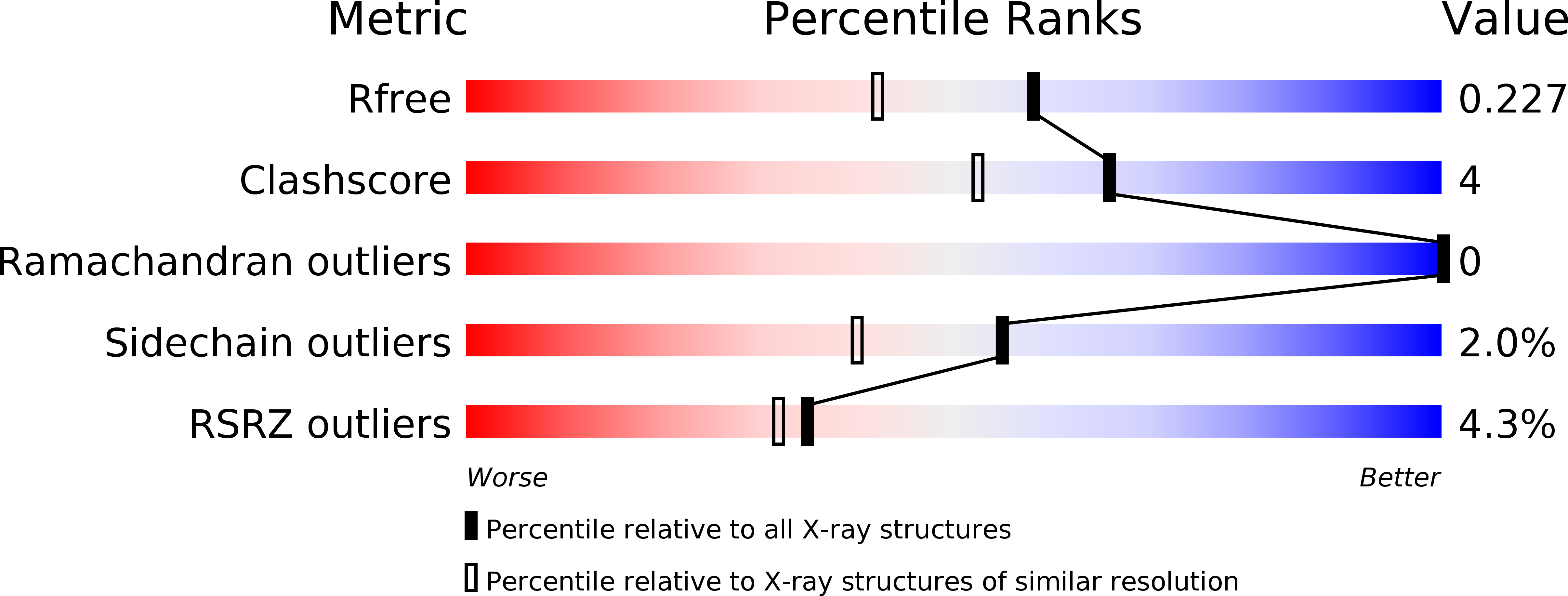
Deposition Date
2018-10-04
Release Date
2019-07-17
Last Version Date
2024-03-13
Entry Detail
PDB ID:
6MO4
Keywords:
Title:
Co-Crystal structure of P. aeruginosa LpxC-50067 complex
Biological Source:
Source Organism:
Pseudomonas aeruginosa PAO1 (Taxon ID: 208964)
Host Organism:
Method Details:
Experimental Method:
Resolution:
1.84 Å
R-Value Free:
0.22
R-Value Work:
0.17
R-Value Observed:
0.17
Space Group:
P 1 21 1


